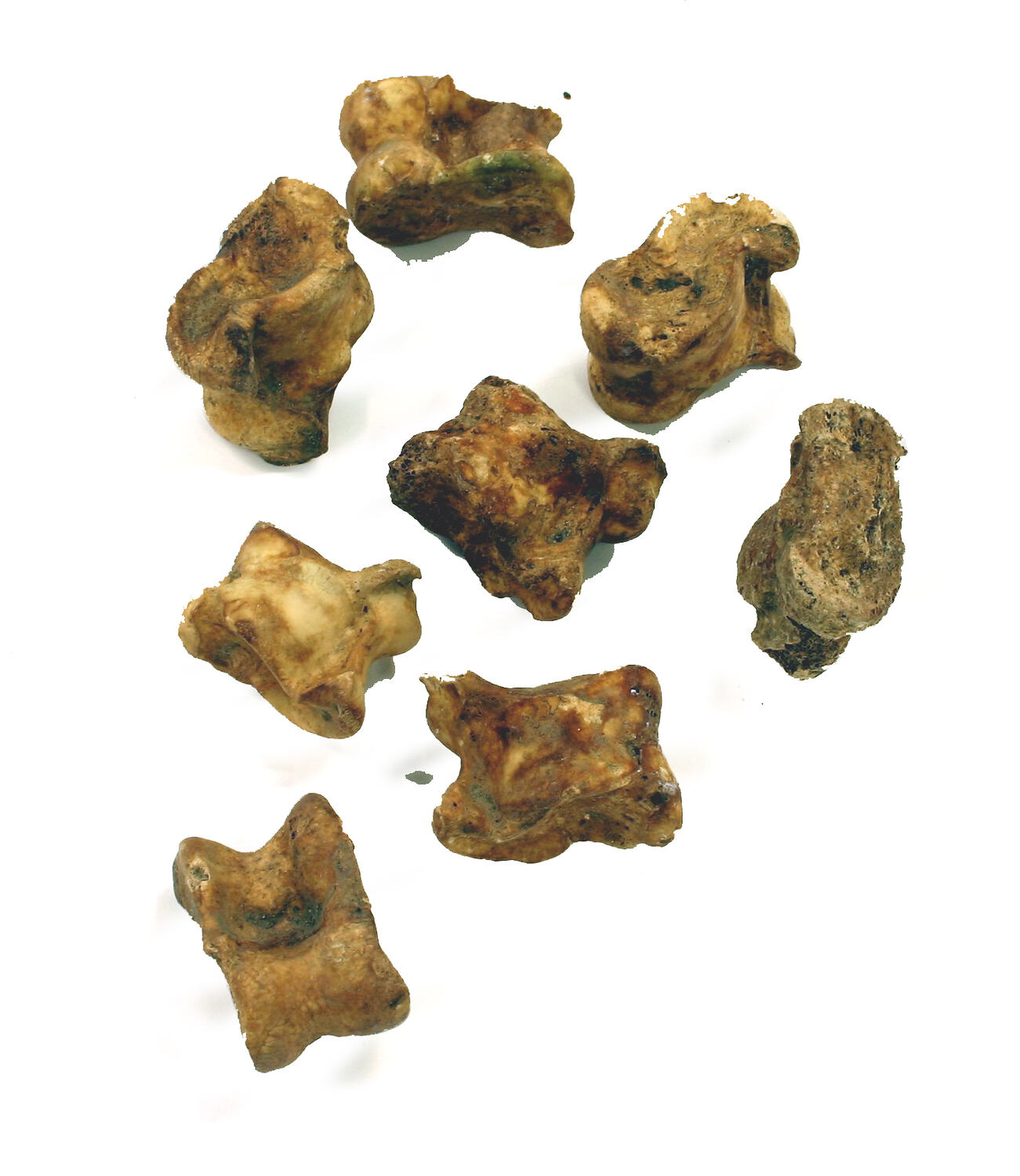
The shaft of the screw has threads with a varying pitch. The drill diameter is equal to the inner diameter of the screw and defines the “size” of the plating set. Screws may require pretapping (biodegradable screws) or may be self-tapping (as described above) or self-drilling.
#Bone fragments classic driver#
Screws from different systems have different head shapes screw driver interfaces (i.e., hex, slot, cross) and pitch (the distance between the threads). Threads engage the bone, transferring forces across the plate and bone, resisting dislodgement or “pull out” forces. Some older fixation systems with non–self-tapping screws required an additional instrument to “tap” the drill hole, but contemporary sets are mostly metallic screws and are self-tapping. The threading of bone by the screw is called “tapping,” and it accounts for the feeling of torque resistance during initial screw placement. The outer diameter of the screw is the thread width, which advances the screw and engages bone. The outer diameter of the screw is usually the basis for the sizing system of many fixation systems for example, “2.0 system” might use a 1.8-mm-diameter drill and a screw with an inner diameter of 1.8 mm and an outer diameter of 2.0 mm ( Figure 62-1 ). Screw holes are usually predrilled, and the size of the drill is equal to the inner diameter of the screw. Rigid fixation screws serve to secure plates to fractured bone or compress bone fragments together. This has allowed for the routine and safe use of the techniques for the betterment of patient recovery and function during healing. Since these early reports, substantial research and refinement of the techniques and materials used today for contemporary internal fixation of the mandible has occurred.

In the late 1970s further development of the concept of mini-plate fixation with monocortical screws was developed by Champy. However, it was not until the late 1960s and early 1970s when Luhr, Schilli, and Becker advocated plate and screw fixation for mandibular trauma using bicortical screws at the inferior border of the mandible. The first published descriptions of the use of internal fixation were by Lambotte, Warnekros, and Wassmund during the intervening years of the great world wars. This allowed for secondary bone healing with callus formation, but it did not allow for convalescent jaw function and was susceptible to difficulty in achieving union and infection because of constant micromovement of the fracture site. Traditional treatment of mandibular trauma has centered around the use of closed reduction and immobilization of the jaws. Rigid internal fixation of the mandible, although technically described now for almost a century, has only recently been popularized.


 0 kommentar(er)
0 kommentar(er)
